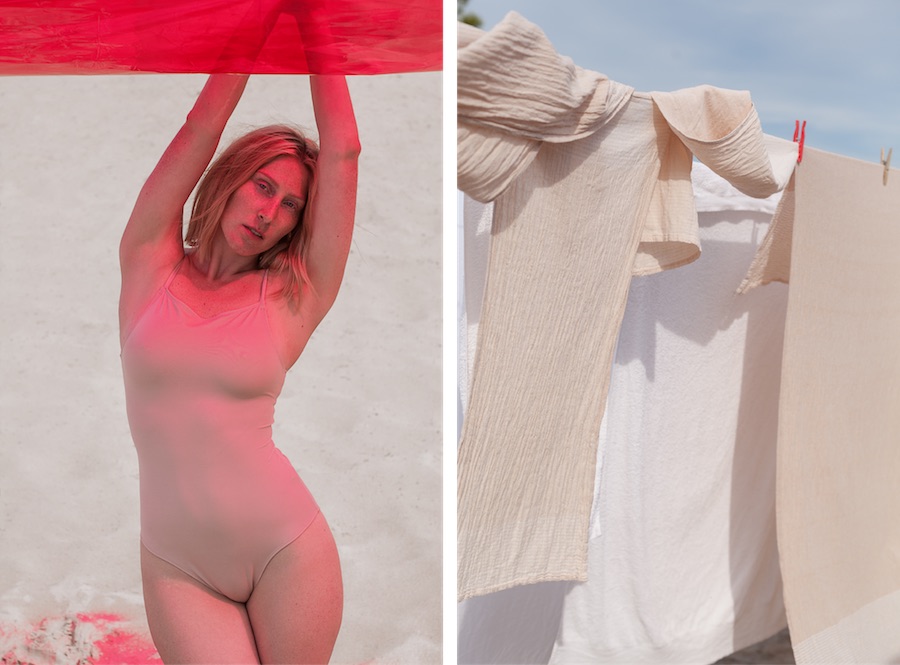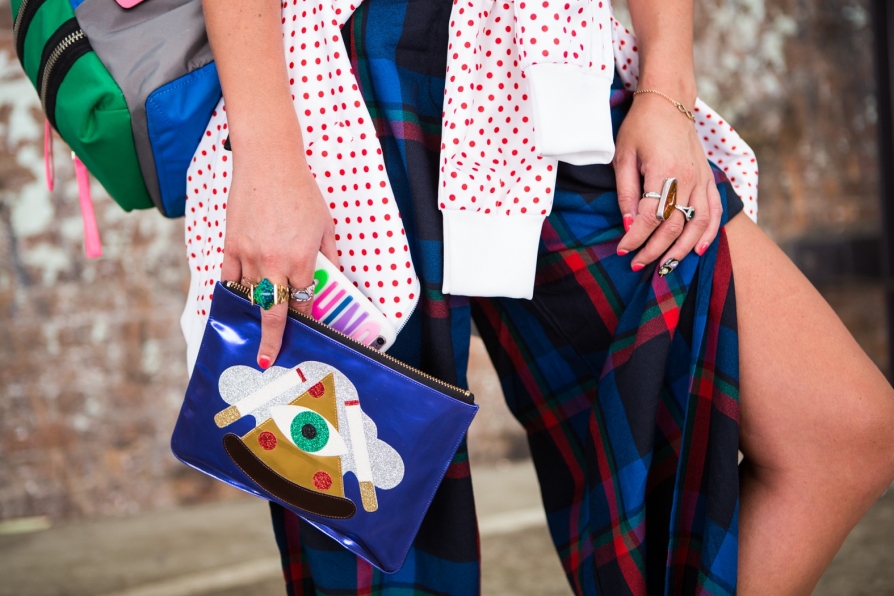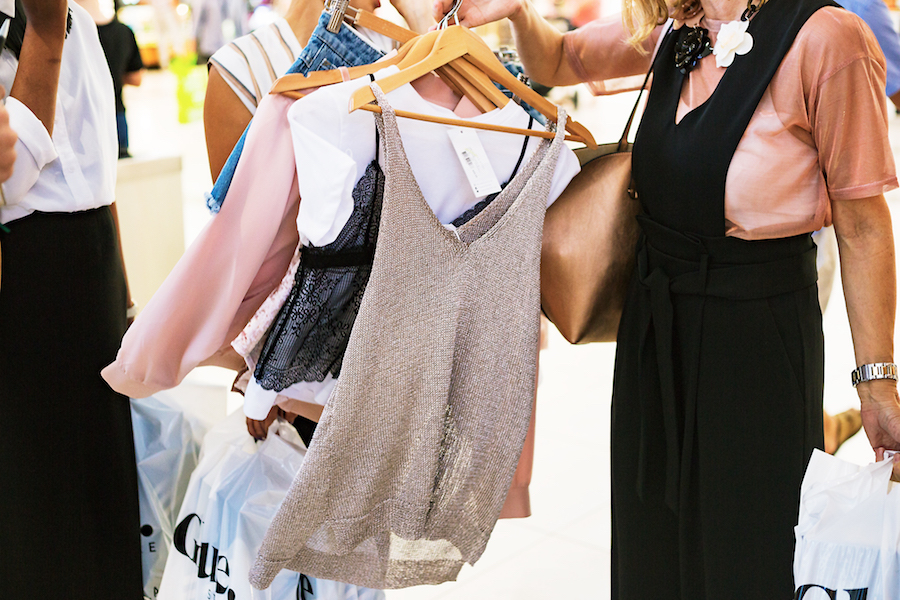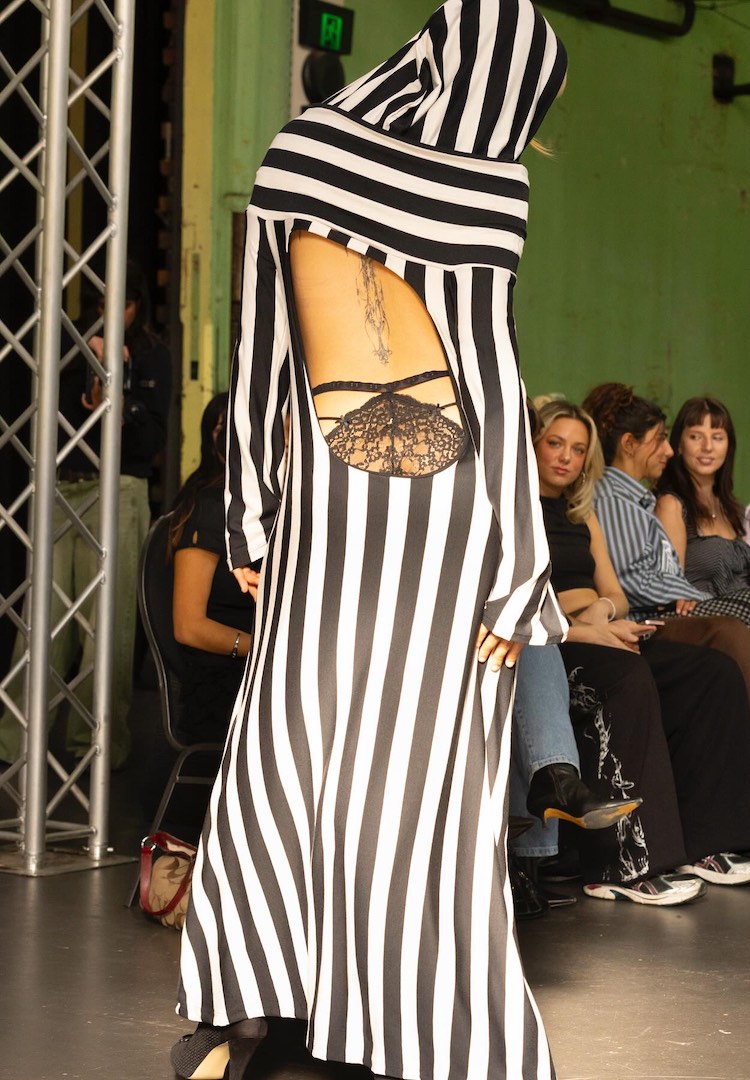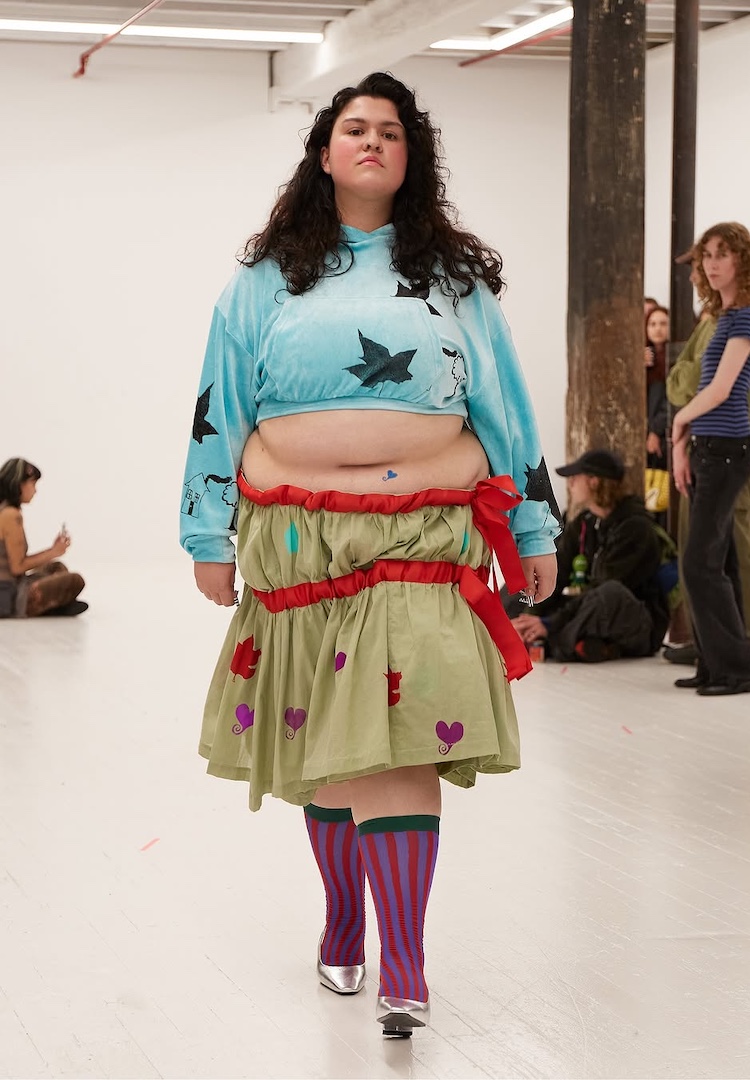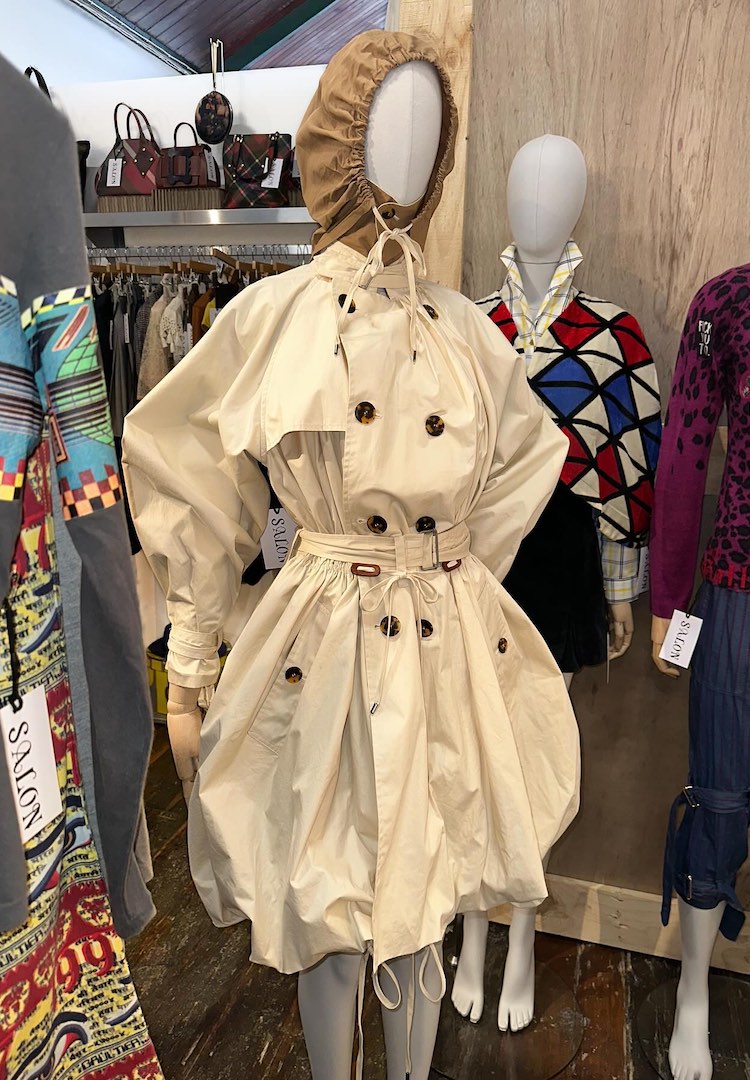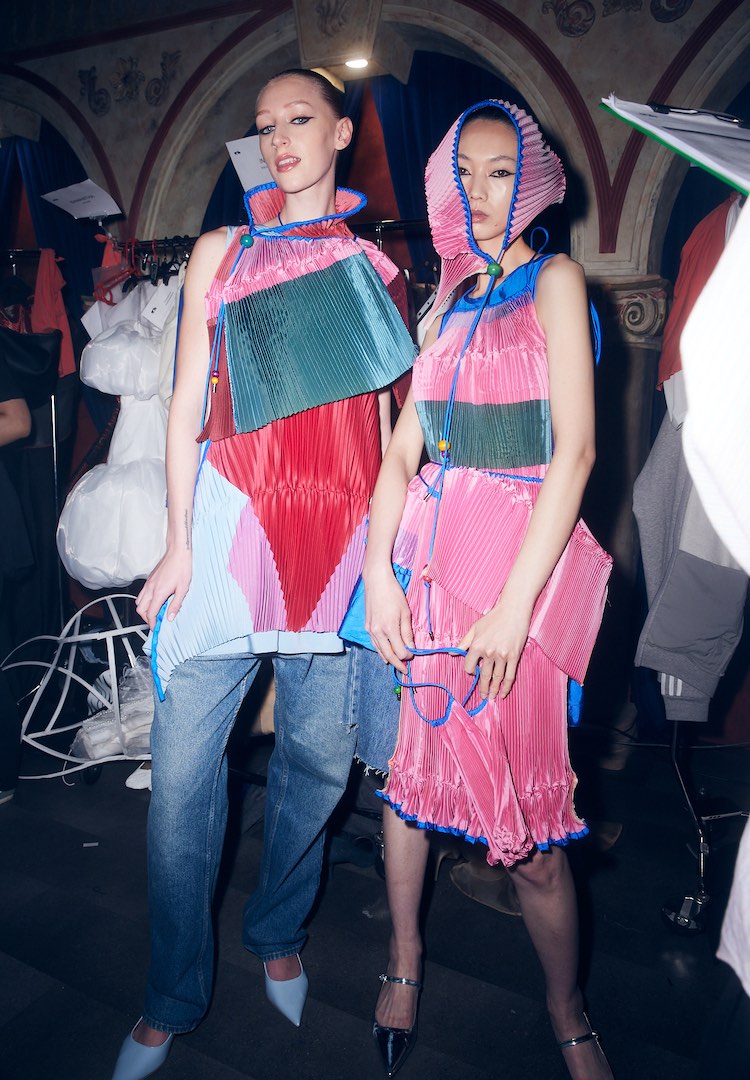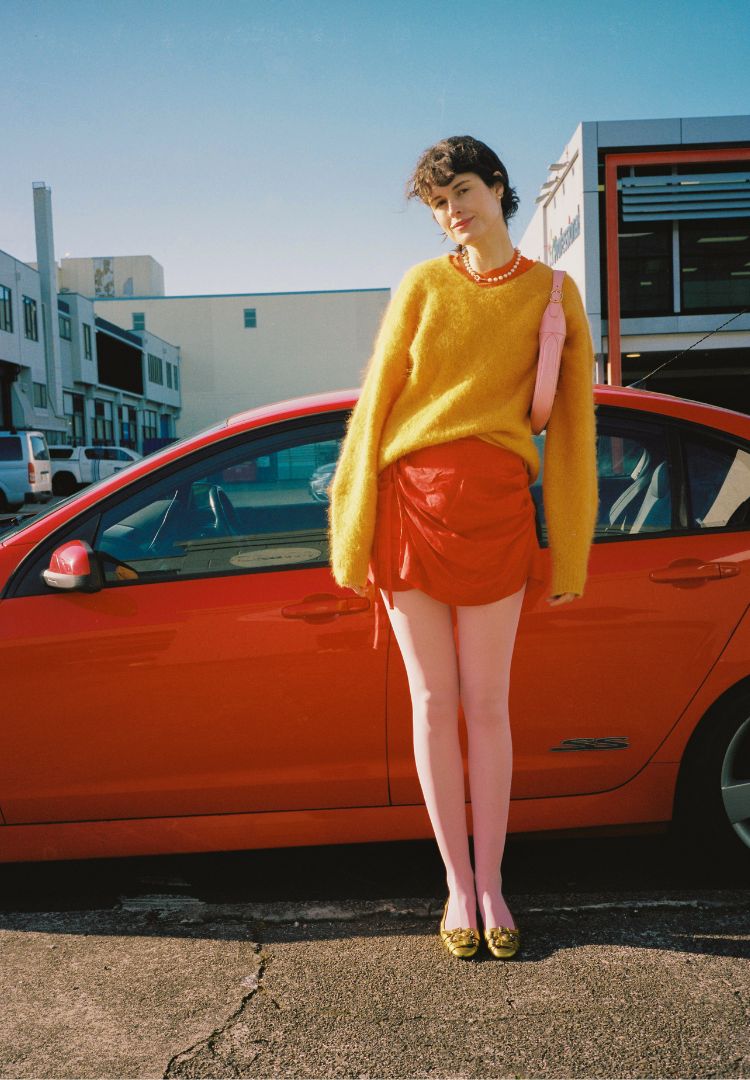Is street style too fake these days to be relevant?
It seems the industry may think so.
After an in-depth conversation over cocktails with a well-known street style photographer this week, I had a realisation: no one really cares about street style anymore. Not even the photographers.
As our fashion week stress faded into a background migraine that we attempted to soothe with alcohol, we chatted about a subject I’ve spoken at length about over the years (see here and more recently, here). We spoke about how real street style is dead (at fashion week, at least, anyway), and we spoke about all the inside information that we are privy to, that the public just has no idea about.
The circus of fashion week has certainly changed since bloggers entered the scene. Suddenly, walking billboards became the name of the game. Brands clambered to deliver goods that could potentially be snapped and popped up on Harper’s Bazaar or Marie Claire, completely gratis. I mean, think of the benefits here – instead of paying for an ad or native campaign, all it costs you is a top or two, a little postage, and voilà!
Since then, it has become a military operation, with brands seeding products to multiple bloggers in order to generate artificial articles about what’s ‘trending’. And whether the magazines are aware of it, or the photographers, or anyone really, it doesn’t matter – they lap it up. And post it up.
Is something a ‘trend’ if 20 or so bloggers were sent something for free in exchange for wearing it at fashion week? Of course it isn’t.
We have gone beyond bloggers in lent items posting editorial-quality images on Instagram accounts to farm likes. Now, influencers are creating entire outfits around whether it will photograph well – and it all feels so contrived. Overly-styled. It’s a blinding rainbow of expensive, borrowed STUFF, layered intricately with an expensive bag attached, to deliver an instant Vogue spread.
And, ironically, all the bloggers (well, most) spoke of how tired they are of it all. How this year they just couldn’t be bothered. Or how they ‘had’ to wear this or that, and didn’t feel comfortable in it, or that it didn’t represent their real style.
That they felt “embarrassed” (direct quote), because the top they were lent didn’t feel like something they would normally wear.
The pressure goes both ways, too. On the other end, photographers have spoken to me about feeling the pressure to deliver editorial-ready images for clients, rather than the images they personally find interesting or intriguing. Photographs to brief, or photographs that are on-brand for specific trends that the magazines are interested in pushing (or getting paid to push) are a case of the cart coming before the horse.
Isn’t the point of street style that photographers go out and capture what people are wearing, THEN the magazines write about it? Isn’t that the very definition of ‘influencer’? So… who is playing who here?
The consumer is the person who misses out, to be honest.
Street style is not only fake, it just isn’t challenging anymore. It’s too pretty. Too aesthetically pleasing. Someone who generates trends does so by intriguing the viewer, and sometimes new trends are jarring at first.
We’re wired to be drawn to images that are familiar, images that make us feel safe. As editors, journalists and photographers, however, isn’t it our job to deliver the weird? The unseen? The down and dirty real shit? The outfits that happen in the shadows?
Sometimes that stuff just isn’t very ‘pretty’.
Follow Bianca’s non-curated feed of fashion crimes over at @_thesecondrow.

